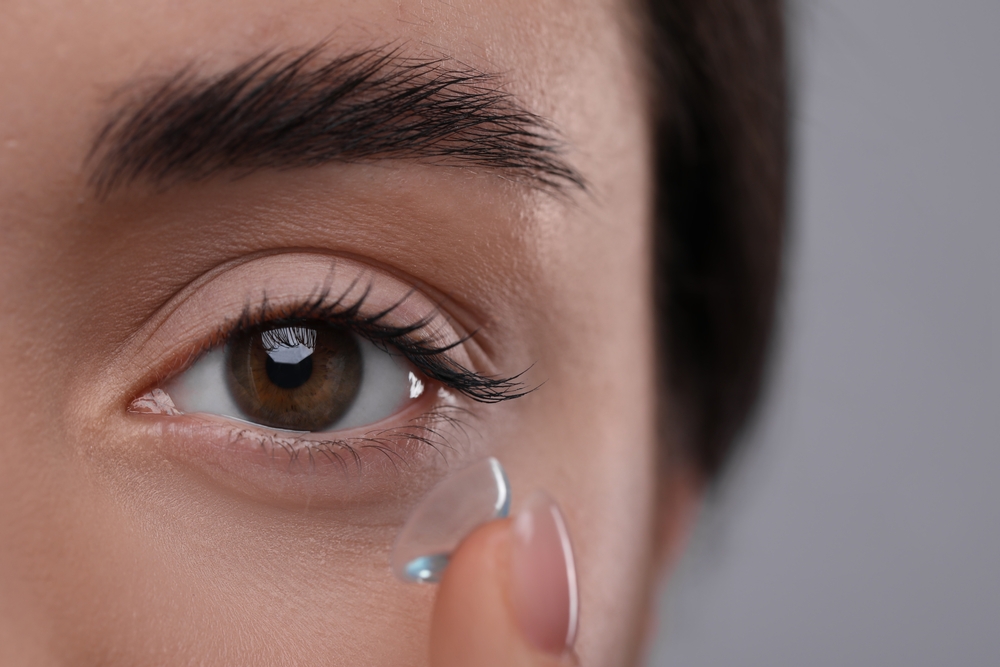
As we age, many of us begin to notice that reading small print or focusing on close-up objects becomes more difficult. This common condition, known as presbyopia, typically begins around the age of 40 and is a natural part of the aging process. Fortunately, multifocal lenses offer effective solutions for clear vision at multiple distances. But what’s the difference between these lens types, and which one might be right for you?
What Is Presbyopia?
Presbyopia is the gradual loss of your eye’s ability to focus on nearby objects. It occurs as the eye’s lens becomes less flexible, making it harder to switch focus between distant and close-up vision. People with presbyopia may find themselves holding reading material farther away, experiencing eyestrain, or needing better lighting to read clearly. Multifocal lenses are designed to correct this condition by incorporating multiple prescriptions into a single lens.
Bifocal Lenses
Bifocals have two distinct lens powers: one for distance vision and another for near tasks like reading. These lenses typically feature a visible line separating the two zones. While bifocals offer a practical solution for presbyopia, some users may experience a noticeable “jump” when switching between the two viewing areas.
Trifocal Lenses
Trifocals take it a step further by including three lens powers; distance, intermediate (such as computer distance), and near vision. Like bifocals, they have visible lines separating each section. Trifocals can be especially helpful for those who need clear vision at all three ranges, but adjusting to the segmented fields can take time for some wearers.
Progressive Lenses
Progressive lenses offer a more modern and seamless option. These lenses gradually transition from distance to intermediate to near vision with no visible lines. This not only provides a more natural visual experience but also offers a more cosmetically appealing look. While progressives may require a short adaptation period, many patients find them to be the most comfortable and versatile option.
Which Lens Is Right for You?
The best multifocal lens for your needs depends on your lifestyle, vision requirements, and personal preferences. For instance, if you work on a computer throughout the day, a lens with a strong intermediate zone (like a trifocal or progressive) might be most beneficial. Your eye doctor will evaluate your vision and recommend the lens that suits you best.
Ready to Upgrade Your Lenses?
Presbyopia is a natural part of aging, but it doesn’t have to limit your lifestyle or comfort. Multifocal lenses, including bifocals, trifocals, and progressives, provide tailored solutions to help you see clearly at all distances. Understanding the differences between these options is the first step toward making an informed choice for your eye health.
Schedule a comprehensive eye exam at Albright Eyecare to find out which multifocal lens is the right fit for your vision needs and lifestyle. Visit our office in New Braunfels, Texas, or call (830) 271-4900 to book an appointment today.










